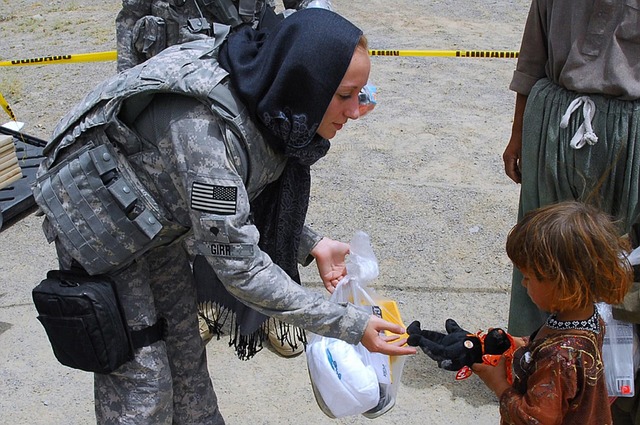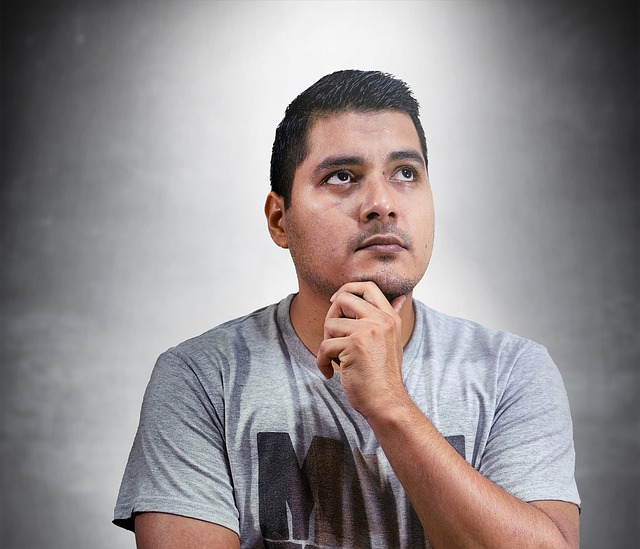Tara Brach was recently interviewed about her course, Integrating Meditation and Psychotherapy, and the interview, Holding a Healing Space, is available as a free webinar at Sounds True. While Tara introduces elements of the course for psychotherapists in her interview, she also provides sound advice and processes that we can use to help ourselves and others (even if we are not trained in psychotherapy). She explains how meditation and awareness practices can reduce our reactivity and help us to develop calmness. Tara also provides a short practice of her R.A.I.N. process that can be used by anybody anywhere.
Dr. Tara Brach is a highly regarded author, psychologist and meditation teacher with her own psychotherapy practice. She is a significant member of the Inner MBA faculty and co-creator and facilitator with Jack Kornfield of the online Power of Awareness Course. Tara explained that she was conscious of the upsurge in the need for psychotherapy in these challenging times of the COVID-19 pandemic and this motivated her to re-offer her course looking at ways to integrate meditation and psychotherapy.
Tara stressed that in these turbulent and traumatic times, we need to be able to engage in meditation and other awareness practices “to calm the nervous system”. When using these attention-developing approaches in psychotherapy, it empowers the patient to take control of their own lives and gives them a sense of agency – personal control over their inner and outer environment. Mindfulness and self-compassion have been shown also to build and strengthen resilience.
Reducing reactivity
A key outcome of mindfulness developed through meditation and reflective practices is reduction in reactivity – through developing both self-awareness and self-regulation. If we are aware of our harmful response to specific negative stimuli, we are better able to self-manage. In reducing reactivity and inappropriate responses to stimuli, we can also reduce our sense of shame associated with our hurtful words and actions. Self-awareness needs to be supported by self-compassion, otherwise we can activate our inner critic through solely focusing on negative self-evaluation.
The R.A.I.N. Process
The R.A.I.N. process, refined over time by Tara, brings self-awareness and self-compassion together. It is a process that is accessible to anyone at anytime and does not require psychotherapy training to use it to help ourselves or others. In the video interview, Tara leads a guided meditation using the four steps of the R.A.I.N. process:
- Recognize – Once you have adopted a comfortable position and focused on introspection rather than visual distractions, you can begin the process by taking a number of deep breaths, using the outbreath to let go of pent-up tension. This can be complemented by a body scan designed to identify and release any physical tension in areas such as your forehead, shoulders, arms or stomach. Try then to capture a recent interaction in detail that you are feeling unease about. Recognize any complex emotions that emerge such as resentment, envy or anger. You can give recognition to these emotions by naming them accurately (even in a whisper) – in a way that Karla McLaren describes as granular. Naming your feelings as accurately as possible helps you to acknowledge their depth and intensity and gives you a greater sense of control over them – it enables you to tame them.
- Allow – This is letting that emotion be, not denying it or pushing it away. It’s facing the emotion in all its rawness and strength – with whatever courage you can muster. Honesty about your emotions is itself an act of courage.
- Investigate – The investigation is not a cognitive process but a somatic experience – feeling the emotion in all its intensity in your body. It involves identifying how and where in your body that emotion is manifested – Tara describes this process as “feeling into your body”. You can also access your beliefs about yourself and others involved in the precipitating interaction. This stage can leave you feeling vulnerable, open to shame and disappointed in yourself. However, the next step of “nurture” conjures up self-compassion as a powerful form of self-healing.
- Nurture – Your nurturing can begin by a light touch on that part of your body where you sense your complex emotion the most, e.g. your chest, throat or arms. Offer loving-kindness to that part of your body. You can also imagine kindness being expressed towards you by someone you respect or love.
Reflection
Tara’s video interview highlights the key elements incorporated in her course that focuses on embedding meditation and awareness practices in psychotherapy and reinforces the need for such an integration particularly in these challenging times when everyone is affected, including psychotherapists. Her explanation of the benefits of these mindfulness practices, also provides motivation for us as individuals to engage in self-care through these processes, especially the R.A.I.N. process.
When we adopt R.A.I.N. with openness and honesty, we can achieve a new sense of presence and calmness in our lives that, in turn, can impact positively the lives of others. People can experience our calmness and peace and we can feel a strong desire to take compassionate action towards others.
As we grow in mindfulness through meditation, reflection and mindfulness practices such as R.A.I.N., we can gain a deeper understanding of ourselves, a greater degree of self-regulation and increased empathy and compassion for others. We come to recognise that we are not “better than”, but the same – with our own faults, impatience, sensitivities, unfounded beliefs and unkind words and actions; all existing side-by-side with our thoughtfulness, generosity, loving-kindness, gratitude and our inner richness.
__________________________________________
By Ron Passfield – Copyright (Creative Commons license, Attribution, Non-Commercial–No Derivatives)
Disclosure: If you purchase a product through this site, I may earn a commission which will help to pay for the site, the associated Meetup group and the resources to support the blog.






